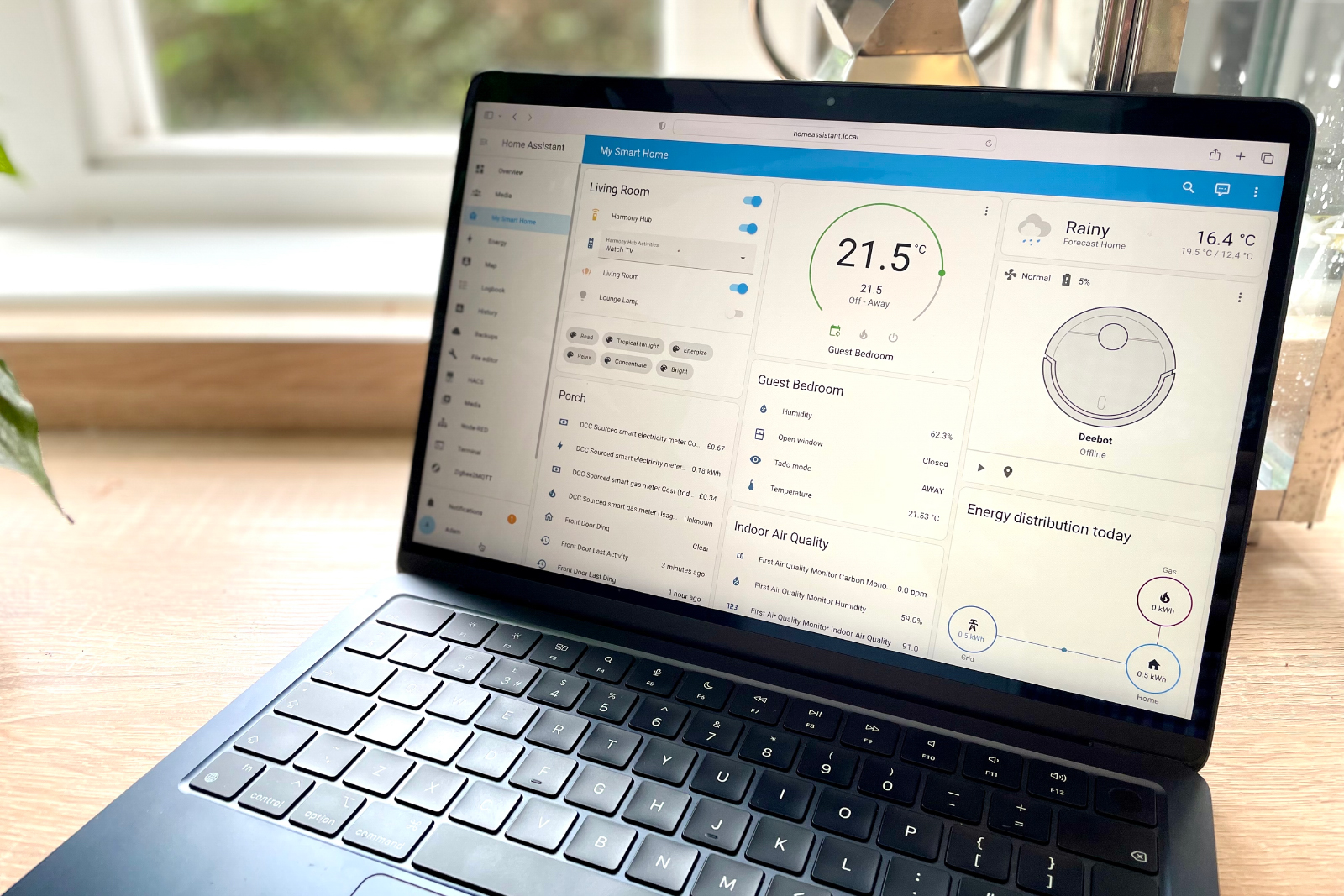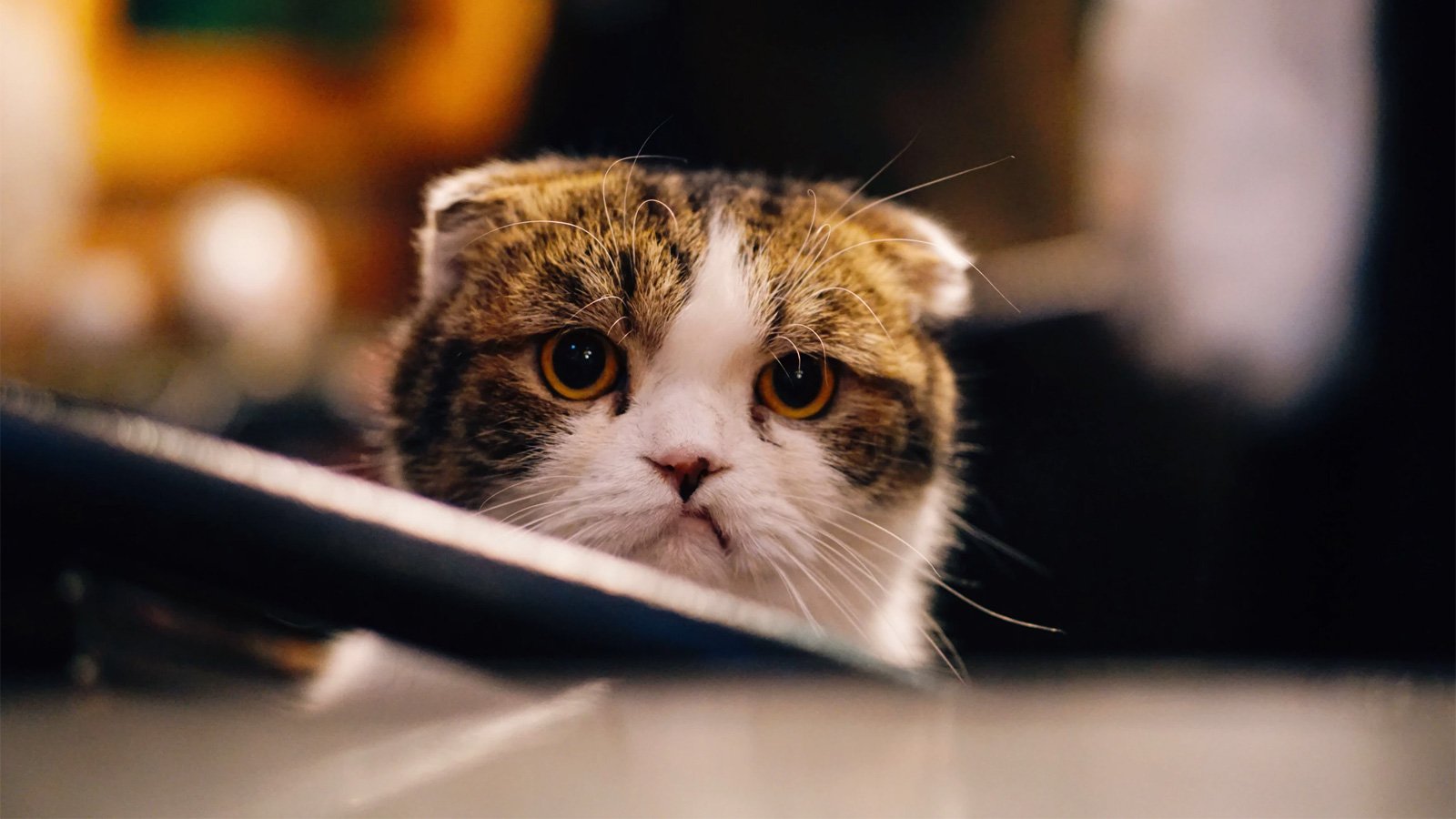5 Ways to Clean and Protect Your Floors

If you sweep or vacuum your floors diligently, cleaning a few times a year with a product designed for floors might suffice. You’ll want to take different steps, though, based on the flooring material.
Nonwood Flooring
Water alone might be sufficient to handle spot stains. “Most flooring today is easy to keep clean,” Wang says. “Stains normally don’t soak in, so they can be removed with plain water.”
Before using a store-bought liquid floor cleaner, check to make sure that it’s suitable for your flooring type. Cleaner labels usually will specify, but if you’re not sure how the cleaner will work on your flooring, try it on an inconspicuous area first, Wang says. Put a few drops of the cleaner on the floor, let it sit for an hour or so, and wipe it off with a wet paper towel. After the spot dries, look for damage. Shine a flashlight on the spot and move it around at different angles to see whether the gloss on the spot is different from that on the rest of the floor.
Wood Flooring
Your choice of cleaner will depend on the wood’s finish. If you don’t know what type of finish your wood flooring has, apply a few drops of water to an inconspicuous area. If white spots appear within 10 minutes, the finish is wax. If no white spots show up, it’s polyurethane. Another way to test is to scratch the surface with a coin or another sharp object (again, in an out-of-the-way area). If the finish doesn’t flake, it’s polyurethane.
To clean wood floors with a polyurethane finish, use a solution of 1 cup of distilled white vinegar and 3 to 4 gallons of warm water. (Or use a water-based cleaner designed specifically for urethane finishes, such as Bona.) Damp-mop the floor, don’t soak it. To do this, dip a terry cloth towel into the solution, wring out the excess solution, and cover a standard flathead mop with the towel to clean the floor. Clean wax-finish floors with a solvent-based cleaner and liquid wax designed specifically for wood floors.
Regardless of the finish, never use products intended for vinyl or tile on wood floors because they can dull the finish and make the floors slippery. Be careful when using a sponge mop; some have hard metal edges that can scratch floors. And avoid using a steam mop on wood flooring because the hot water can warp it. “If you’re not careful, they can do some damage,” says Larry Ciufo, a CR test engineer who evaluates steam mops.
Source link











